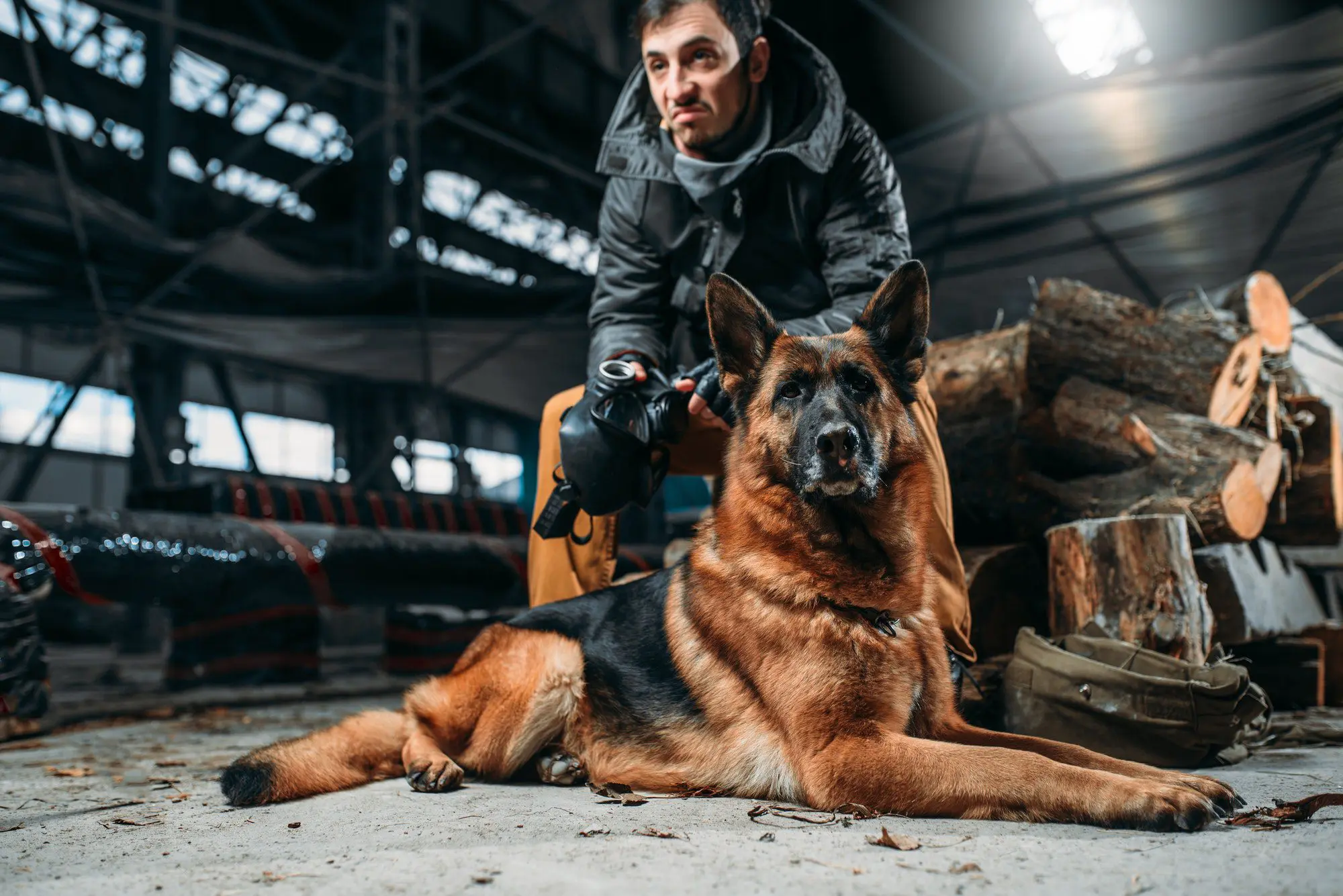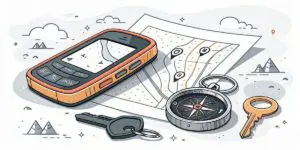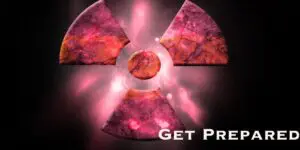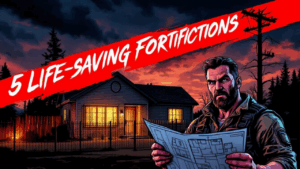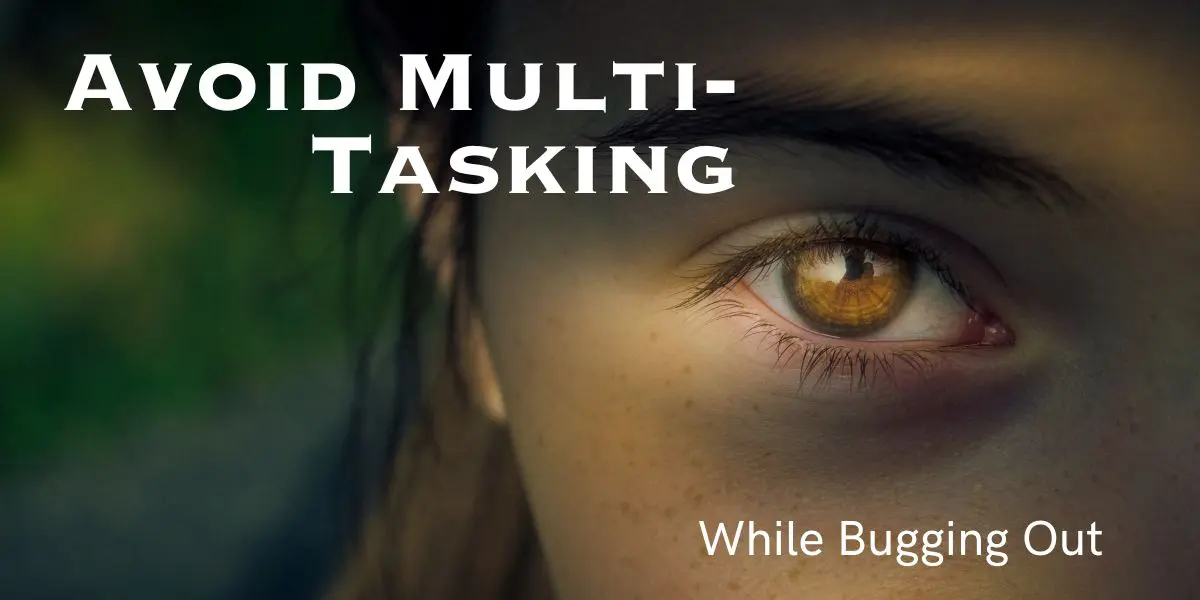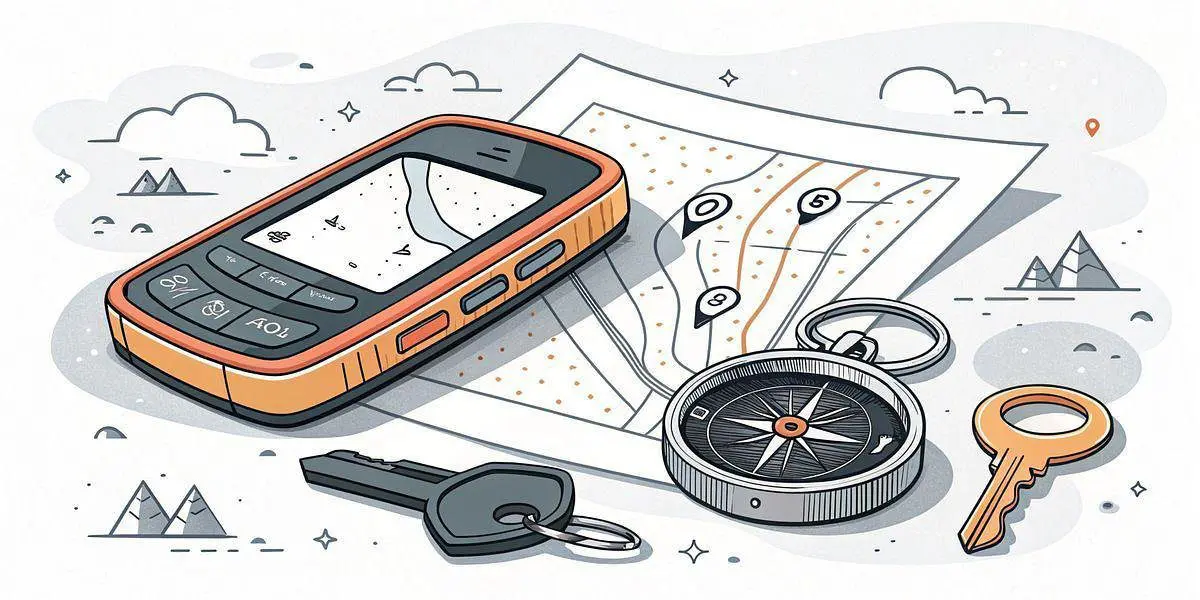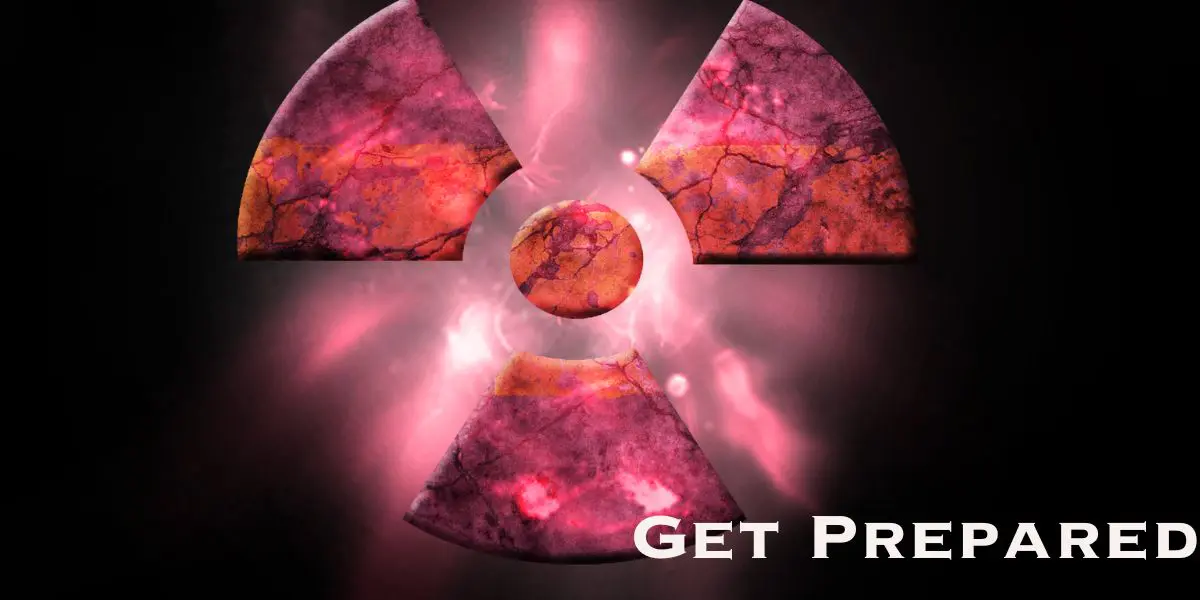We’ve often very focused on surviving in the unknown or the wilderness, but what about urban survival situations? If you live in an urban area, you may be at work, home, or somewhere around town when a disaster strike happens.
Therefore, you need an urban survival kit that will help you survive for several days from anywhere. This survival kit can be personalized to suit any emergency or disaster such as flood, earthquake, etc.
If creating this as a stand alone item (say a locker bag for work) then ehe kit items won’t be the same as what you’ll pack into a wilderness bug-out bag. We recommend having a kit at home, work, and in your car. So that you don’t need to run home to pick up your survival kit during an emergency. While you can certainly create a single all in one bag to cover known potential environments, many people can’t afford to do so in all locations or are restricted by space, etc… so in this article we want to discuss a number of items that you should definitely consider putting into an urban oriented bag. This list is not all encompassing, but is a great start for you.

Here are important resources to pack in your urban survival kit.
1. Flashlight
A tactical flashlight should be one of the first items in your urban survival gear. You will need it during a power outage. It can serve different purposes, as well as be used as a self-defense tool in a pinch. When shopping for one, you need to get a good flashlight, not a small pen flashlight. Also, keep it on you or at an easy to access part of your kit.
2. First Aid kit
Every survival kit should have a first aid kit, even if it contains just an antiseptic spray, a few band-aids, tape, and gauze strips, though I would recommend a more robust setup geared toward trauma. It is very easy to get injured during a survival situation, so preparing for any injury is important.
3. Water bottle
You should have a water bottle in your survival kit because you’ll need to drink enough water to stay mentally and physically strong. It’s necessary that you have water filtration tablets or a water filter. This is in case you run out of clean water, and you need to filter your water. A space saving option here can be to utilize a water filter bottle like the one in the ad above.
4. Survival food
Pack up freeze-dried, vacuum-sealed, or dehydrated food. Survival food is one of those survival kit essentials you should not forget to pack. There are food kits you could buy from the market if you don’t have the time to create one yourself.

5. Emergency radio
Your survival kit should also contain a small solar-powered AM FM radio. This small device will keep you connected and provide you with weather reports and emergency updates for your area. It could turn out to be a lifesaver for any disaster that shuts down all mobile networks.
6. Mobile phone
It’s important that you carry your mobile phone along during an emergency to reach out to family and friends and receive updates about the situation. What if the phone’s battery goes low? You should get a solar charger that can power your phone if the power grid is down during the disaster.
7. Lighter
An item as simple, lightweight, and cheap as a lighter should be part of your survival bag. You should have a lighter in your pocket and an extra one in your kit. This item can supply you with both light and fire during a disaster.
8. Folding survival knife
This a self-defense weapon that should be part of your survival backpack. Instead of packing a large Bowie-type knife, a small folding survival knife is more discrete.
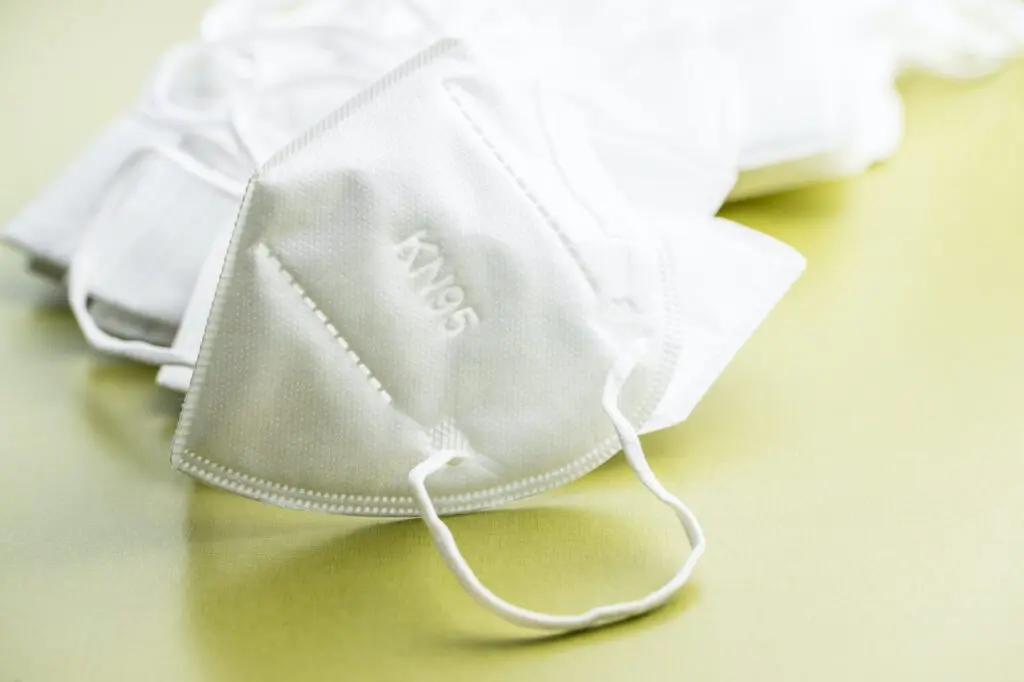
9. Respirator mask
A respirator mask is important not because of the Covid-19 pandemic but because the air can be our enemy most-times. If the air becomes unhealthy, you should not be breathing in those bad chemicals. Packing an N99 or N95 respirator mask will protect you in such a scenario.
10. Duct tape
Duct tape is an essential survival kit item. With duct tape, you can quickly fix ducts, band-aid, seal boxes and seal off food packages. You can use it as an accelerant to start a fire or use it to put broken glasses back together. Duct tape can also be used as a restraint for self-defense if you should ever need it.
11. Spare batteries
You will need spare batteries for your emergency radios, flashlights, and other devices. Keep them stored in waterproof bags and get hand-crank versions of your devices so that you’re not dependent on batteries.
12. Cash
When a disaster happens, getting money out of the ATM may become a hassle, so having cash on hand is important. You should spread out the money and hide them in several places in your kit. Ensure that you have small bills and change in your wallet.
Final words
You can add any item of your choice to this list, but you need to consider if it is lightweight and essential for urban survival. How do you do that? First, make a list, and then use our list as a yardstick to pick your essential items. You should never assume that your survival kit is complete; there should always be room for more items.
Also, note that when a disaster strikes, you need both tools and skills. You should know how to use the tools and be mentally ready for any situation. This is because the more skills you have, the less gear you’ll need.

